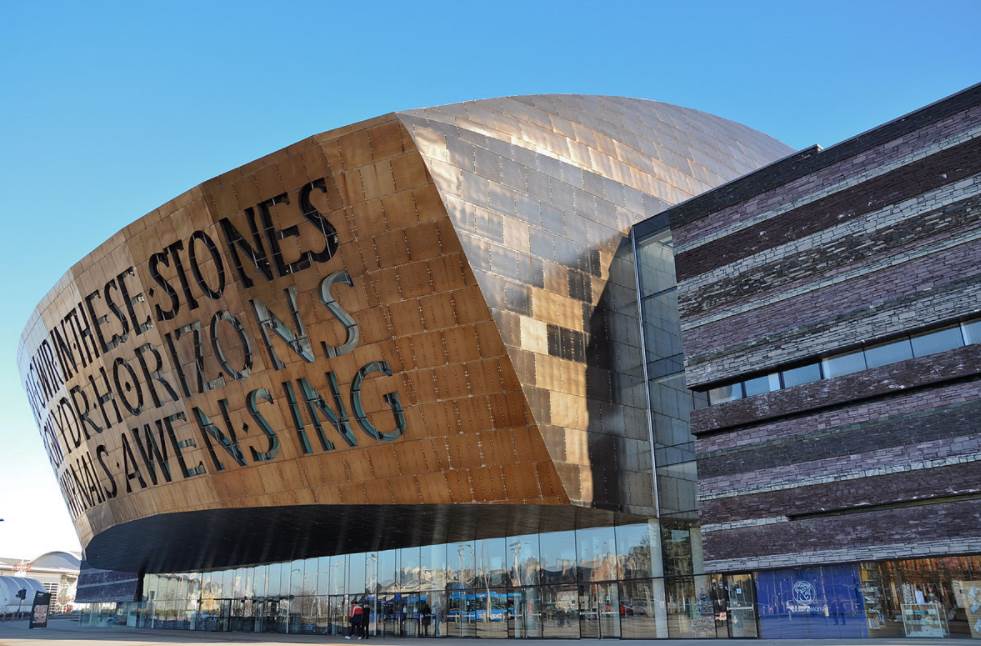Wales and Welsh identity established itself after the Romans left Great Britain in the 5th century.
The country is part of the United Kingdom and is considered to be one of the modern Celtic countries in the world along with Scotland and Ireland.
The country has had a rocky history and the Welsh parliament was only established in 1998 after being incorporated into the English legal system since the 16th century.
The cultural identity of the people living in Wales never left, something emphasized by the fact that both Welsh and English are the official languages of the country.
The history of Wales and the rest of the United Kingdom is closely tied, and even though it’s not considered to be a major tourist destination, there are still some amazing landmarks in Wales that you have to visit one day.
In this article, we’ll take a closer look at the most famous buildings in Wales so you can add these items to your bucket list when you plan to visit the country.
1. Conwy Castle
If you ever dream of a medieval castle, then the one located in the walled market town of Conwy in the north of Wales will most probably closely resemble it.
Conwy Castle is arguably one of the most iconic castles in Europe and is one of the Welsh castles that was built by King Edward I (1239-1307) during his conquest of Wales between 1283 and 1289.
The castle was listed as a UNESCO World Heritage site in 1986 and was described by the organization as one of the “finest examples of late 13th century and early 14th-century military architecture in Europe.”
Today, it’s one of the most popular tourist attractions in the country and one of the most famous buildings in Wales.
Official website: Conwy Castle

2. St Davids Cathedral
St Davids Cathedral is located in the city of St Davids in the county of Pembrokeshire. This is in the utmost northwestern part of Wales.
The original religious structure on this location was founded by Saint David, a Welsh Bishop who lived in the 6th century. He founded it in the year 589, about a decade before he passed away.
A second building was started in 1123 and the church was consecrated just 8 years later in 1131. The current building was completed in the late 12th century in a distinctive Romanesque architectural style.
Multiple renovations were conducted which included the addition of Gothic elements, including a late 18th-project completed by renowned British architect John Nash, a man who designed the western front of Buckingham Palace in London.
Official website: St Davids Cathedral

3. Pontcysyllte Aqueduct
The Pontcysyllte Aqueduct is a navigable aqueduct that crosses the River Dee in the northeast of Wales.
It stands 38 meters (126 feet) tall, features 18 stone and cast-iron arches, and was completed between 1795 and 1805, well over 2 centuries ago. This alone makes it one of the most astounding landmarks in Wales.
This amazing structure is both the longest aqueduct in the United Kingdom and the highest navigable aqueduct in the world.
Today, this UNESCO World Heritage site is one of the most popular tourist spots in the region.
It’s managed by the Canal & River Trust and multiple activities can be done in the area, including hiking, biking, and even boat rides across the aqueduct itself!
Official website: Pontcysyllte Aqueduct
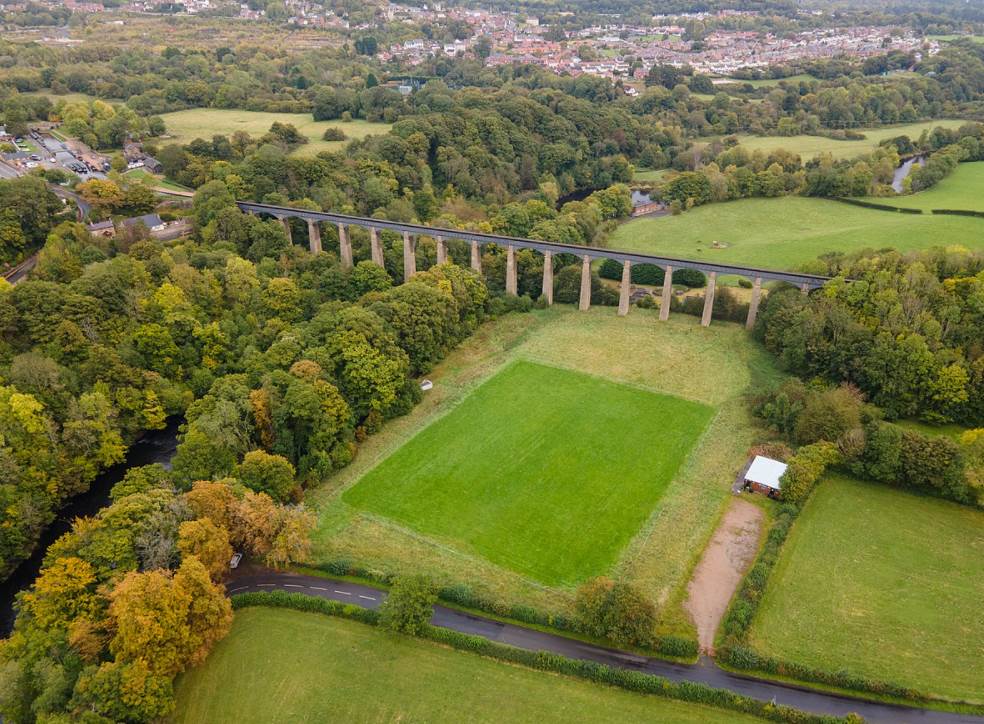
4. Explore the magnificent Caernarfon Castle
Caernarfon Castle is another remarkably well-preserved castle located in the northwest of Wales.
It can be found in the town of Caernarfon, Gwynedd, and the current version of the castle dates back to the same time as when Conwy Castle was built in the late 13th-century.
This castle was considered to be Edward I’s administrative center in the north of Wales, something that reflects in the sheer size of the structure.
If you’re interested in discovering what a medieval castle looked like, then this remarkable building in Wales is something that you must put on your bucket list while visiting the country.
Official website: Caernarfon Castle

5. Senedd Building
The Senedd Building in Cardiff is the home of the Welsh Parliament and houses both the debating chamber and three committee rooms. It’s one of three buildings in Cardiff used by the Senedd, along with Tŷ Hywel and the Pierhead Building.
The famous building in Wales was completed in 2006 and was officially opened by Queen Elizabeth II on March 1 of that year. It cost a total of £69.6 million to construct and features a floor area of 5,308 square meters (57,100 square feet).
The building was designed by Italian-born British architect Lord Richard Rogers (1933-2021), a man who became famous for his modernist, high-tech, and functional designs. He was on the team that designed the Centre Pompidou in Paris in the 1970s.
Official website: Senedd Wales

6. Llangoed Hall
Llangoed Hall is an opulent country house that is currently used as a hotel. It’s located in the village of Llyswen in the county of Powis in Central Wales.
The original structure on this location was a hall that was here since at least the year 560. It was subsequently known as Llangoed Castle and turned into a mansion in the year 1632.
The building was completely redesigned in the 19th century and transformed into a hotel by English businessman Sir Bernard Ashley (1926-2009) in 1990 who had purchased it three years earlier.
It’s a Grade II-listed building and one of the most fascinating places to stay in Wales.
Official website: Llangoed Hall
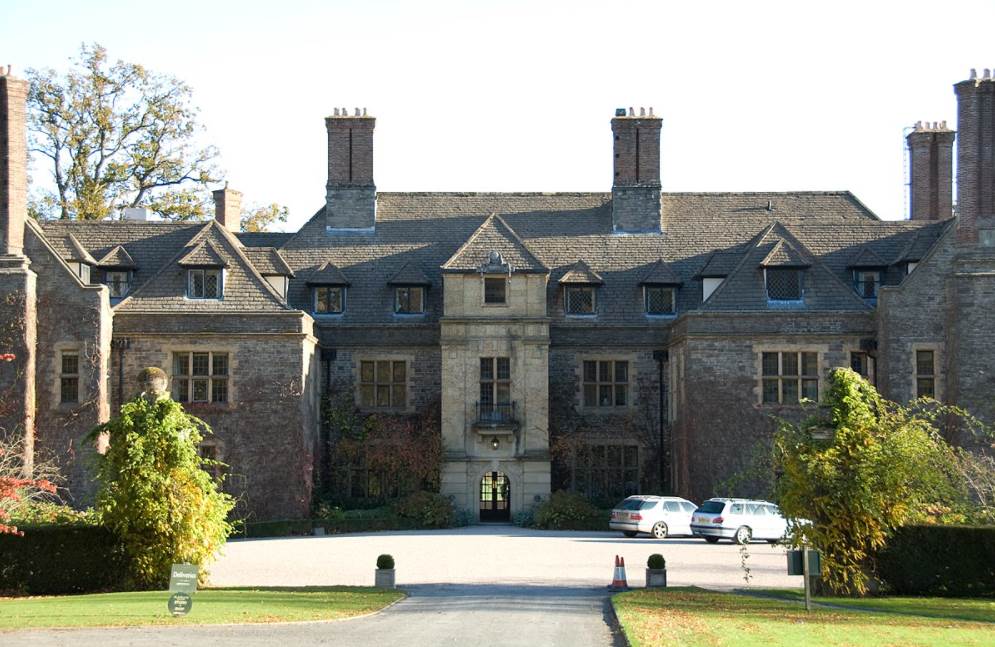
7. South Stack Lighthouse
The South Stack Lighthouse is a fascinating lighthouse that has a history that goes back well over 2 centuries because it was built in the early 19th century.
It was activated for the first time in 1809, a period that Napoleon was still trying to conquer Europe, to give you an idea about the historical setting in which this famous building in Wales was completed.
It’s located on a small island called “Holy Island” which is part of the larger isle of Anglesey in the utmost northeastern part of the country.
The stone tower was built on top of a hill and stands 28 meters (92 feet) tall. It was automated in 1983 and warns ships of the dangerous rocks below that pass between the Dublin-Liverpool Route.
Official website: South Stack Lighthouse
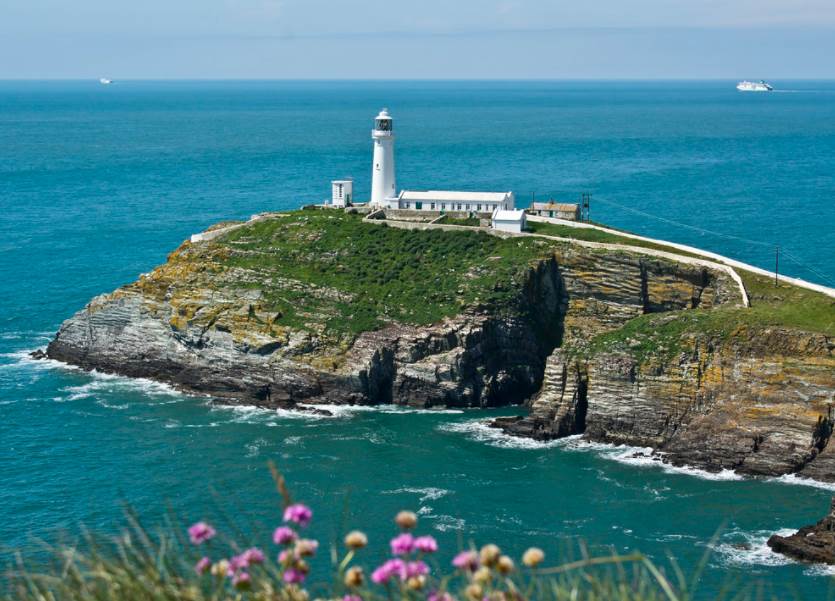
8. Llandaff Cathedral
Llandaff Cathedral is the main cathedral in Llandaff, a residential suburb in the western part of Cardiff. It’s the seat of the Bishop of Llandaff and was dedicated to both Saint Peter and Saint Paul.
The original cathedral on this location was completed between the 12th century on the site of an even older structure. It was destroyed and renovated several times throughout its history, including during the English Civil War and a natural calamity called the “Great Storm of 1703.”
The church was redesigned by John Wood, the Elder (1704-1754) in 1734, an architect who worked on several buildings in the city of Bath. It was partially destroyed once more during World War II and has been completely renovated once more since.
It’s another cathedral in Wales that features a combination of both Romanesque and Gothic architectural styles.
Official website: Llandaff Cathedral
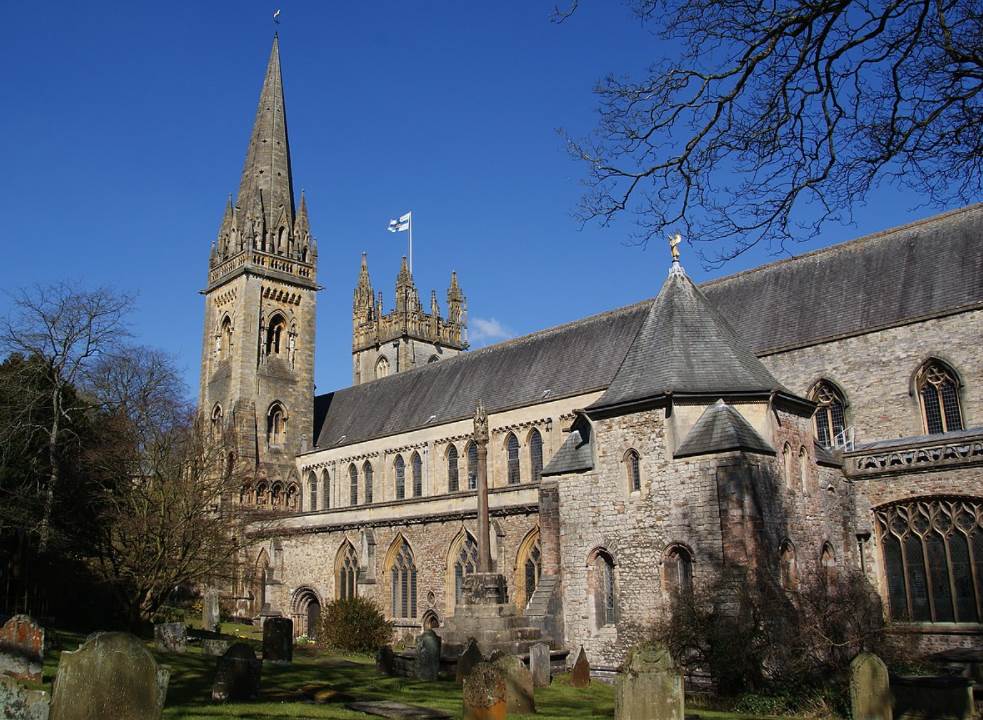
9. Powis Castle
Powis Castle is a medieval fortress that was constructed by the Welsh princes of Powys Wenwynwyn in the late 12th and early 13th centuries. The early wooden structure was replaced by a stone building later in the 13th century.
It’s the seat of the Herbert family, the Earls of Powis, and is one of the most famous buildings for both its gardens and opulent interior.
The terraces of the castle provide an astounding view of the beautiful area and the interior has been described as one of the “most magnificent interior designs in the country.”
Powis Castle is a popular tourist attraction today and is operated by the National Trust. Several features of the castle are Grade I listed buildings.
Official website: Powis Castle and Garden
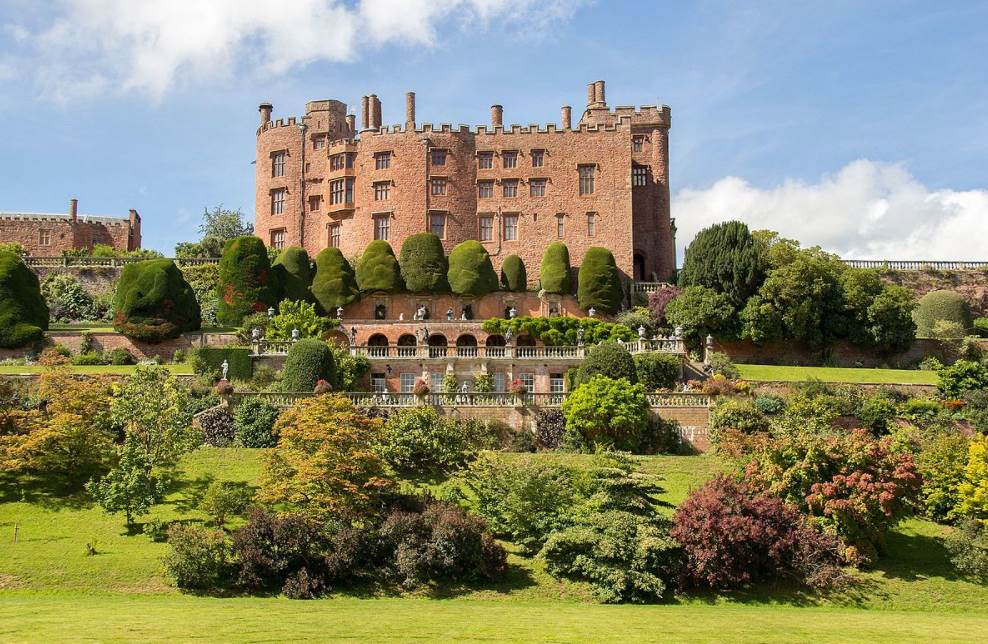
10. Wales Millennium Centre
The Wales Millennium Centre is the main performing arts center and an opera house that is located in the Cardiff Bay area of Cardiff. The huge building covers an area of 1.9 hectares (4.3 acres) and consists of 1 main theater and 2 smaller venues.
The structure was completed in 2 phases, one that was completed in 2004 and another in 2009. The main auditorium is called the “Donald Gordon Theatre” and has a capacity of 2,497 seats.
It was named after South African businessman Donald Gordon (1930-2019) who donated £20 million to the project.
The most remarkable architectural feature of the building is the huge letters inscribed into its façade. These were inspired by the letters that can be found on ancient Roman structures and monuments
These letters were written by Welsh poet Gwyneth Lewis, consist of a sentence in Welsh and one in English, and read:
CREU GWIR FEL GWYDR O FFWRNAIS AWEN (Creating Truth Like Glass From Inspiration’s Furnace) / IN THESE STONES HORIZONS SING
Official website: Wales Millennium Centre
